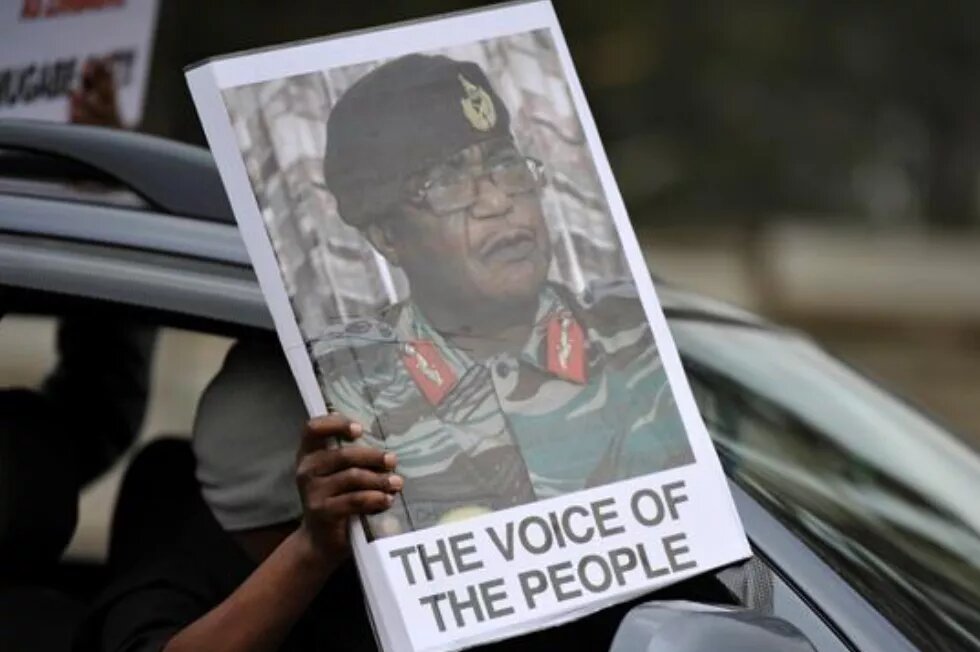
November 2017 witnessed tumultuous events in Zimbabwean politics. After months of factional struggles between the Lacoste faction led by then Vice President Emmerson Mnangagwa, also nicknamed the crocodile, and the Generation 40 (G40) faction around President Robert Mugabe and his wife Grace, Mugabe fired Mnangagwa on the 6th November. This followed Mugabe’s warning to Mnangagwa two days before when Grace Mugabe was booed at a rally in Bulawayo. The President’s wife threatened the embattled Vice President with the call that the ‘snake must be hit on the head.’ This was the First Lady’s decisive move in her bid for the Vice Presidency in the upcoming Zanu PF congress in December 2017.
This most recent factional struggle in Zanu PF follows a long history of violent internal battles within the party, from the years of the liberation struggle in the 1970s around ethnic and ideological questions. A few years prior to his own party exile, Mnangagwa played a central role in the removal of the previous Vice President Joice Mujuru, the wife of a key liberation commander Solomon Mujuru. As Miles Tendi has demonstrated, Mnangagwa, in support of the Mugabe’s, with the central involvement of Army Chief Constantine Chiwenga and the machinery of the military intelligence, conspired in the ousting of Joice Mujuru. This event took place after a long factional struggle between the Mujuru and Mnangagwa factions since the 1990s.1 Thus both the Mugabe’s succession plan and Mnangagwa’s long held Presidential ambitions have been in play for some time. While they have at certain times coincided in their strategic intent, at some point the final confrontation between the two was always on the cards.
The firing of Mnangagwa from the Vice Presidency and his expulsion from Zanu PF, however, had vastly different effects on the Zimbabwean polity. While Joice Mujuru’s dismissal and the expulsion of several of her allies caused some disturbance in the ruling party, it was nothing like the turbulence that followed Mnangagwa’s removal, and the attempt to arrest General Chiwenga at the airport on his return from China. The statement justifying the decision to fire Mnangagwa, accused the former Vice President of persistently exhibiting ‘disloyalty, disrespect, deceitfulness and unreliability’, and that he had behaved in a manner ‘inconsistent with his official duties’.2
In response Mnangagwa, who fled the country soon after his removal from Government, accused Mugabe of allowing the ruling party to be ‘hijacked by novices and external forces’ with a track record of ‘treachery’. In a manner that gave a clear indication of the intervention that would follow Mnangagwa warned Mugabe:
I will go nowhere. I will fight tooth and nail against those making a mockery against Zanu PF founding principles. You and your cohorts will instead leave Zanu PF by the will of the people and this we will do in the coming weeks.3
1 M.B. Tendi, State Intelligence and the Politics of Zimbabwe’s Presidential Succession. African Affairs, 2016. DOI: 10.1093/afraf/adis 074.
2 Press Statement: Termination of Employment of Vice President Emmerson Mnangagwa. S.K. Moyo, Minister of Information, Media and Broadcasting Services, 6 November 2017.
3 Press Statement-‐Former Hon VP ED. Mnangagwa 8 November 2017.